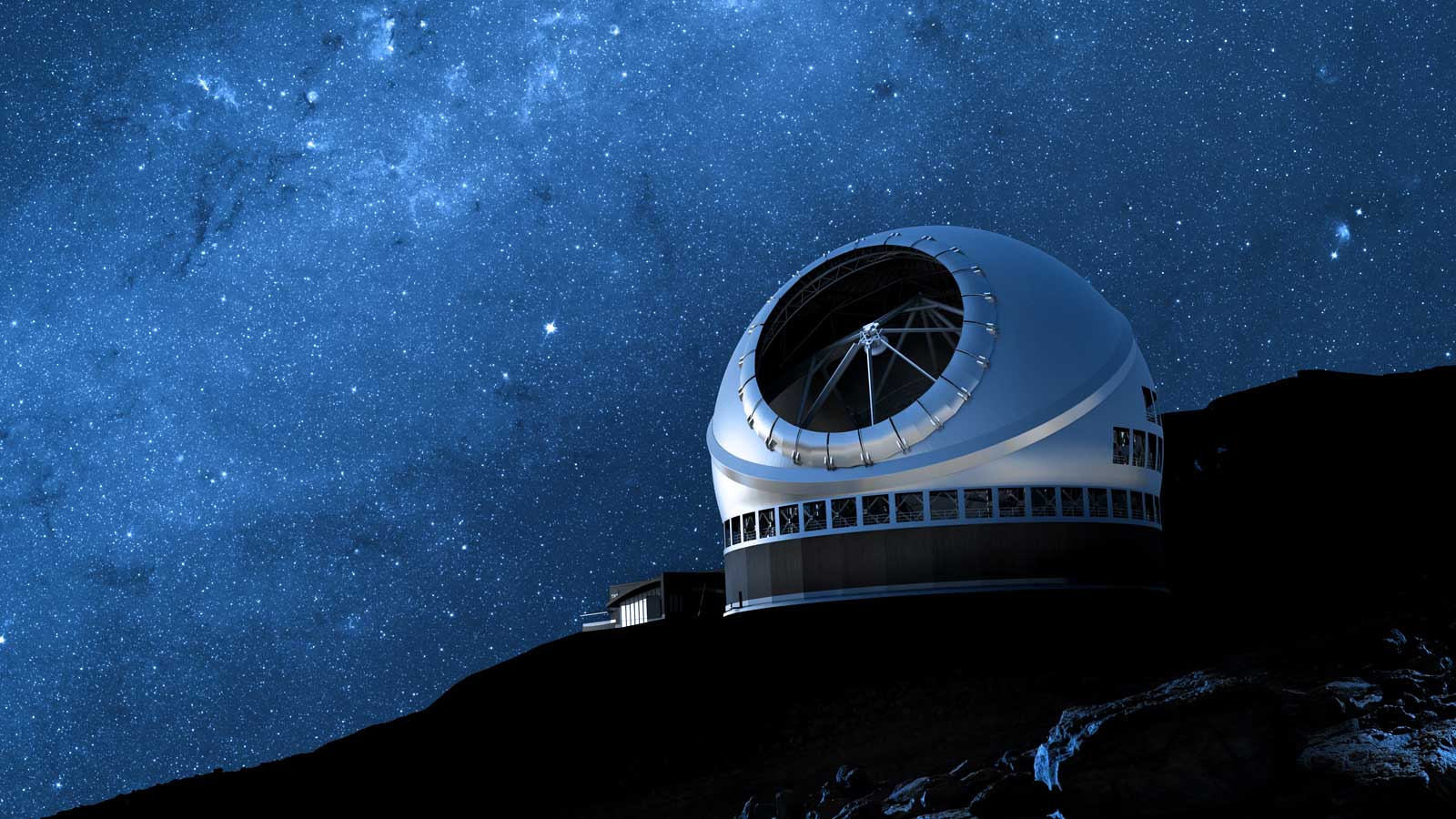
MODHIS Review Team and Review Panel

The Thirty Meter Telescope (TMT) International Observatory (TIO) is pleased to announce that the Multi-Object Diffraction-limited High-resolution Infrared Spectrograph (MODHIS) has successfully completed its Conceptual Design Review (CoDR).
The review took place on September 24–25, 2025, with international experts joining remotely via Zoom.
The review panel praised the clarity of presentations, quality of documentation, and strong progress in building both the scientific and engineering case for MODHIS. Their conclusion: MODHIS has passed CoDR and is ready to move forward into the Preliminary Design Phase.
Led by Principal Investigator Dimitri Mawet (Caltech), together with Co-PI Michael Fitzgerald (UCLA) and Project Scientist Quinn Konopacky (UC San Diego), MODHIS is being developed by a collaborative team that includes Caltech, UC San Diego, UCLA, UC Santa Barbara, and scientists from all TMT partners, including Canada, India, and Japan.
MODHIS is designed to operate behind TMT’s adaptive optics system, NFIRAOS, enabling diffraction-limited, ultra-high-resolution (R > 100,000) spectroscopy in the near-infrared.
Its distinctive strengths include precision radial-velocity measurements and a powerful spectropolarimetry mode, giving astronomers the tools to study exoplanet atmospheres and potential biosignatures, the dynamics of the Galactic Center, and targets throughout our Solar System.
A key element of MODHIS’s success is the close collaboration between the TMT and Keck Observatory teams. The Keck pathfinder instrument, HISPEC, is serving as a testbed for MODHIS by demonstrating new technologies, refining calibration strategies, and reducing technical risks early in the process.
This collaboration ensures that lessons learned at Keck directly benefit MODHIS and accelerate its readiness for TMT’s first light.
The CoDR panel recognized the value of this partnership and endorsed including polarimetry in the baseline design, highlighting MODHIS’s potential to open entirely new windows on planetary, stellar, and galactic astrophysics.
Left: Rendering of the MODHIS top end instrument mounted on NFIRAOS. The MODHIS top end directs light into fibers that are routed to high resolution spectrographs (not shown). Right: The high resolution spectra allow one to disentangle the spectral signature of H2O (blue), NH3 (green), and H2S (yellow) that can’t be detected at lower resolution (red).
With the successful CoDR behind it, MODHIS is now ready to enter the Preliminary Design Phase, bringing TMT another step closer to first light and equipping the observatory to address some of the most profound questions about planets, stars, and the origins of life in the universe.
WFOS Preliminary Design Review 1 Successfully Completed
TMT Explores a Promising Path Forward in Spain